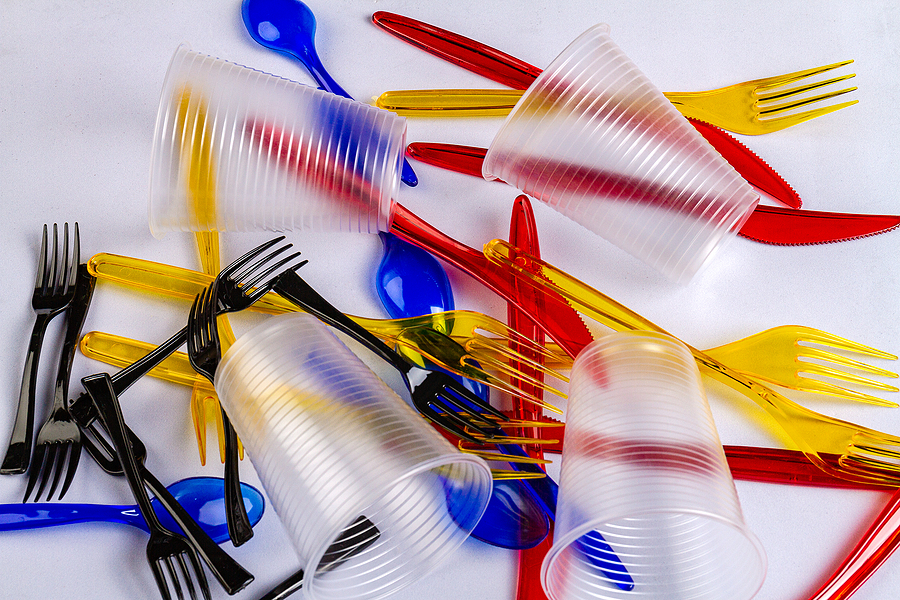COGAN: From Dreamhouse to Warehouse to C-Suite: Barbie’s New Role in Smart Manufacturing

The Barbie movie created a cultural phenomenon and amplified many discussions about female professional challenges. As we celebrate Women’s History Month, I want to take a moment to channel the spirit of Barbie — a timeless symbol of evolving female roles — to address a very real problem: the underrepresentation of women in the manufacturing sector.
Consider this: Despite women making up nearly half of the global workforce, our footprint in manufacturing is a much smaller (30 percent), and women only hold one of every four manufacturing leadership positions. I’ve seen this disparity firsthand in my journey through the technology and smart manufacturing industries, the persistent gender imbalances have been unmistakable.
As an industry, we must work together to champion policies that do more than just attract women to manufacturing — our policies must ensure women stay, grow, and thrive.
Despite the perception that the sector is dominated by manual labor, today’s manufacturing is about smart, innovative practices where intellectual prowess outweighs physical strength. The industry has evolved from its “heavy lifting and grease” image of the 1970s, now offering a wide array of opportunities that leverage creativity and technological skills.
It also holds an opportunity for today’s 2.72 million unemployed women. The manufacturing industry has a massive labor shortage, with more than 600,000 job openings. That labor issue should and could be addressed by better educating women on the opportunities in this field.
More than 600,000 manufacturing companies operate within the US, indicating a vast landscape of opportunities for women — and the majority (98.6%) are small businesses. Women can engage in various roles across different sectors, crafting anything from high-tech electronics to consumer goods.
It’s worth noting that many of these positions don’t require a college degree, offering an attractive alternative for those wary of the debt associated with higher education. And with the average salary for women in manufacturing between $63K and $83K — about 16% higher than in other fields — the industry presents a lucrative, accessible career path.
To bridge the gap for women in manufacturing, we must focus on three key areas: flexibility, visibility, and mentorship. Flexibility in job roles is paramount, especially for women juggling professional commitments and family responsibilities.
Visibility also plays a crucial role. Showcasing successful women in manufacturing can be a beacon of inspiration for others contemplating this career path. Highlighting the achievements of women in this field can motivate more to step forward.
Additionally, mentorship can be a real game-changer for women. By offering guidance, support, and advocacy for women navigating their careers in manufacturing — and connecting experienced professionals with newcomers — we can dismantle the unconscious biases that often hinder women’s advancement.
At Hexagon, we do everything possible to have at least one woman in the candidate pool for salaried positions. But getting them in the door and interviewing is just the first step; we must create an environment where they feel comfortable and empowered to stay in these roles.
One of the ways I’ve tried to do this is by going beyond mentorship to sponsorship, not just giving women career advice but actively (and willingly) advocating for them in rooms where they don’t yet have a seat at the table. I’ve already seen the impact that sponsorship can have – women feel more heard and empowered and are more likely to speak up. I have many female ex-team members who started as individual contributors and are now Directors or VPs. As women expand their skills and step into roles with higher levels of responsibility, the company benefits from the diverse, innovative ideas women bring to the table.
I urge my peer companies to challenge outdated perceptions, celebrate the immense opportunities awaiting in manufacturing, and foster an environment of support and empowerment. This Women’s History Month, we should embrace a win-win scenario – where manufacturing productivity is not held back by unemployment but empowered with female power.



